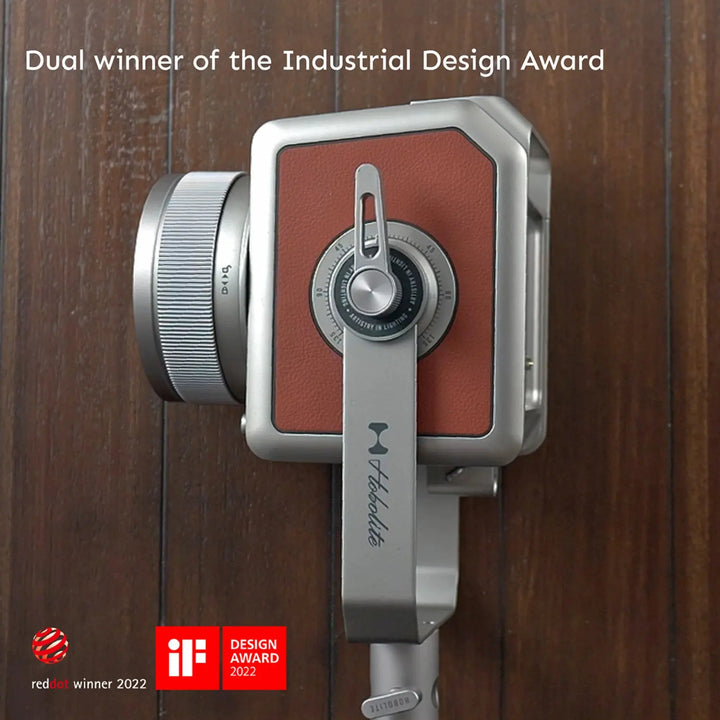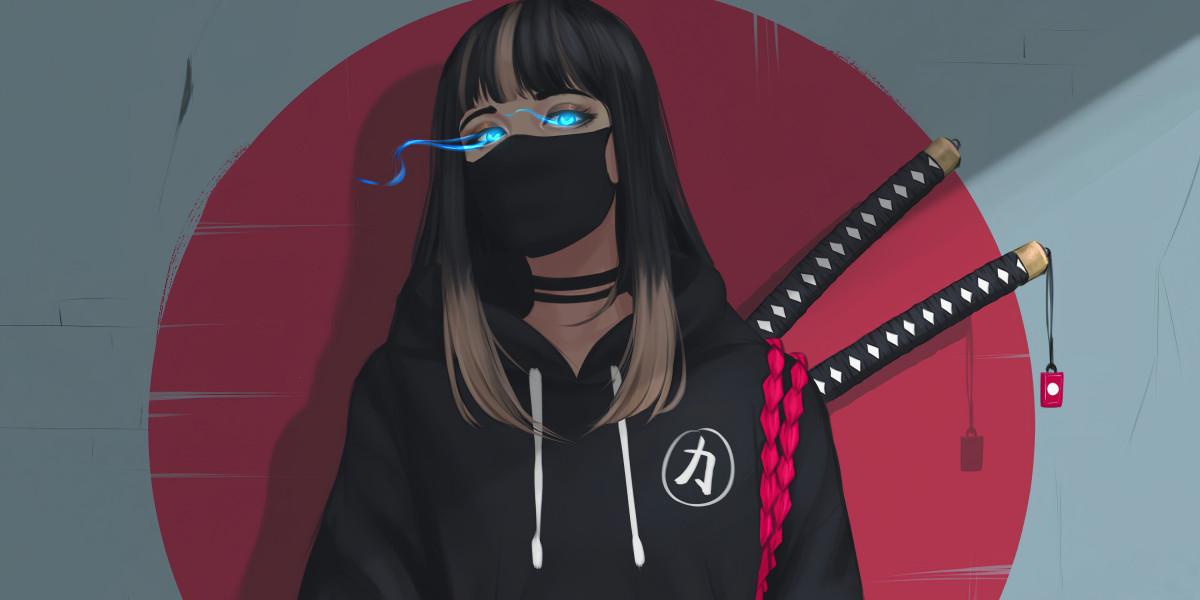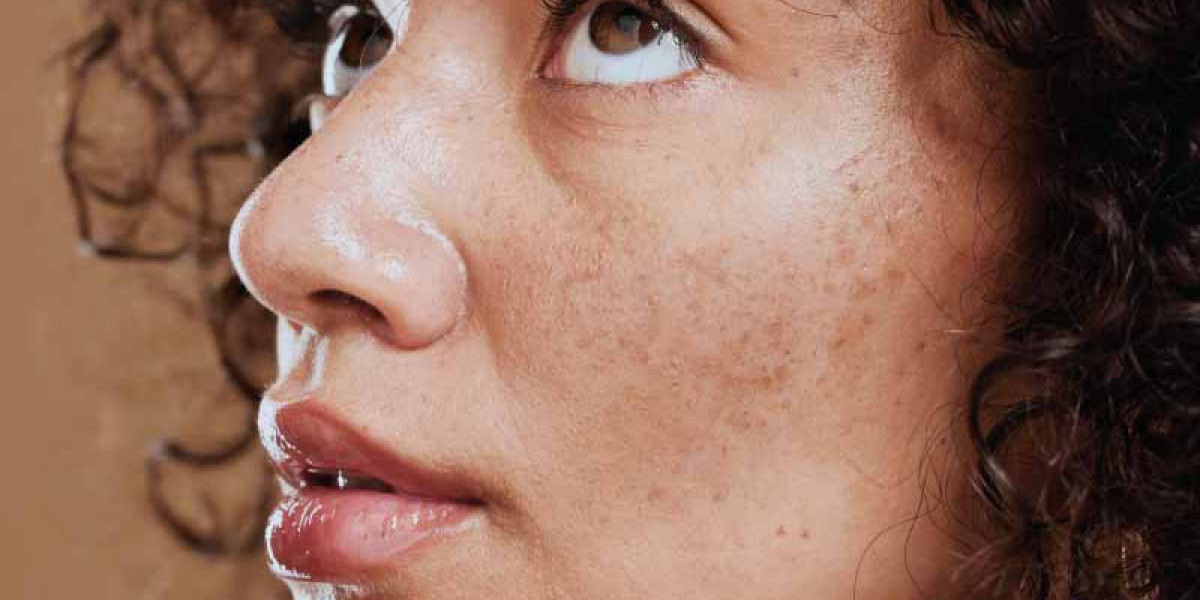Transform Your Photography Game with the Perfect Studio Lighting Kit!
When it comes to photography, lighting is often the unsung hero. It can make or break an image, affecting everything from mood to clarity. If you've ever taken a photo with harsh shadows or poor exposure, you know that the right lighting can elevate the quality of your shots significantly. This article aims to guide you through the process of selecting the perfect studio lighting kit tailored to your photography needs. Whether you’re a hobbyist looking to improve your skills or a professional seeking to enhance your studio setup, understanding studio lighting is essential for achieving stunning results.

Understanding Studio Lighting Kits
A studio lighting kit typically includes multiple light sources and accessories designed to create professional-quality lighting for photography. The essential components often consist of light stands, bulbs, and modifiers like softboxes or umbrellas. There are two main types of lighting available: continuous lights, which provide a constant light source, and strobe lights, which emit a burst of light when triggered. Continuous lights are great for beginners, as they allow you to see how the light affects your subject in real-time. Strobe lights, on the other hand, are favored for their power and ability to freeze motion, making them ideal for dynamic photography scenarios such as sports or fashion shoots. Understanding these components and their uses will help you choose the right kit for your specific needs.
Key Factors to Consider When Purchasing a Studio Lighting Kit
Choosing the right studio lighting kit involves several key factors. First, consider your budget. While high-end kits can offer superior quality, there are plenty of affordable options that provide excellent results for beginners. Next, think about the space you have available. If your studio is small, you might prefer a compact kit that doesn’t take up too much room. Portability is also crucial; if you plan to shoot on location, lightweight and easily transportable kits will be beneficial. Finally, consider the type of photography you’ll be doing. For instance, portrait photography may require soft, diffused light, while product photography often benefits from sharp, focused lighting. This clarity about your needs will help narrow down your options.
Types of Studio Lighting Kits Available
The market offers a variety of studio lighting kits, each with its unique advantages. Softbox kits are popular for their ability to diffuse light, creating a soft, flattering effect perfect for portraits. Umbrella kits are lightweight and easy to set up, making them a great choice for photographers who need flexibility in their lighting setups. LED lighting kits are becoming increasingly popular due to their energy efficiency and long lifespan. They emit less heat, allowing for longer shooting sessions without discomfort. Additionally, they often offer adjustable color temperatures, which is invaluable for achieving the perfect look in your photographs. Understanding these different types will help you select a kit that aligns with your style and requirements.
Setting Up Your Studio Lighting Kit
Setting up your studio lighting kit effectively is crucial for achieving optimal results. Start by positioning your main light source at a 45-degree angle to your subject, which typically provides the most flattering light. If you're using multiple lights, consider adding a fill light on the opposite side to soften any harsh shadows that may result. Backlighting can also add depth to your images, so don’t neglect to position a light behind your subject when appropriate. Balancing the intensity of your lights is equally important; you want to ensure that one light source doesn’t overpower the others. Experiment with different setups and take test shots to see how adjustments affect your images, allowing you to find the perfect configuration for your specific scenario.
Common Mistakes to Avoid with Studio Lighting
Even experienced photographers can fall prey to common mistakes when using studio lighting kits. One frequent pitfall is not considering the direction of light. Overhead lighting can create unflattering shadows on your subject’s face, while lighting from below can produce an unnatural look. Additionally, many forget to adjust the light intensity, resulting in images that are either too bright or too dark. Lastly, neglecting to diffuse your lights can lead to harsh shadows and highlights. Use modifiers like softboxes or umbrellas to soften your light and create a more even illumination. By being aware of these common mistakes, you can enhance your photography and achieve stunning results.
Enhancing Your Photography with the Right Lighting Kit
In conclusion, the right studio lighting kit can significantly enhance your photography by providing the tools you need to create professional-quality images. By understanding the components of lighting kits, considering key factors in your purchase, and setting up your kit effectively, you can avoid common pitfalls and elevate your work. Remember, great lighting is essential for capturing the perfect shot, so take the time to choose a kit that meets your needs and helps you unleash your creative potential. Now, it’s time to take action and find the perfect studio lighting kit that will transform your photography game!













